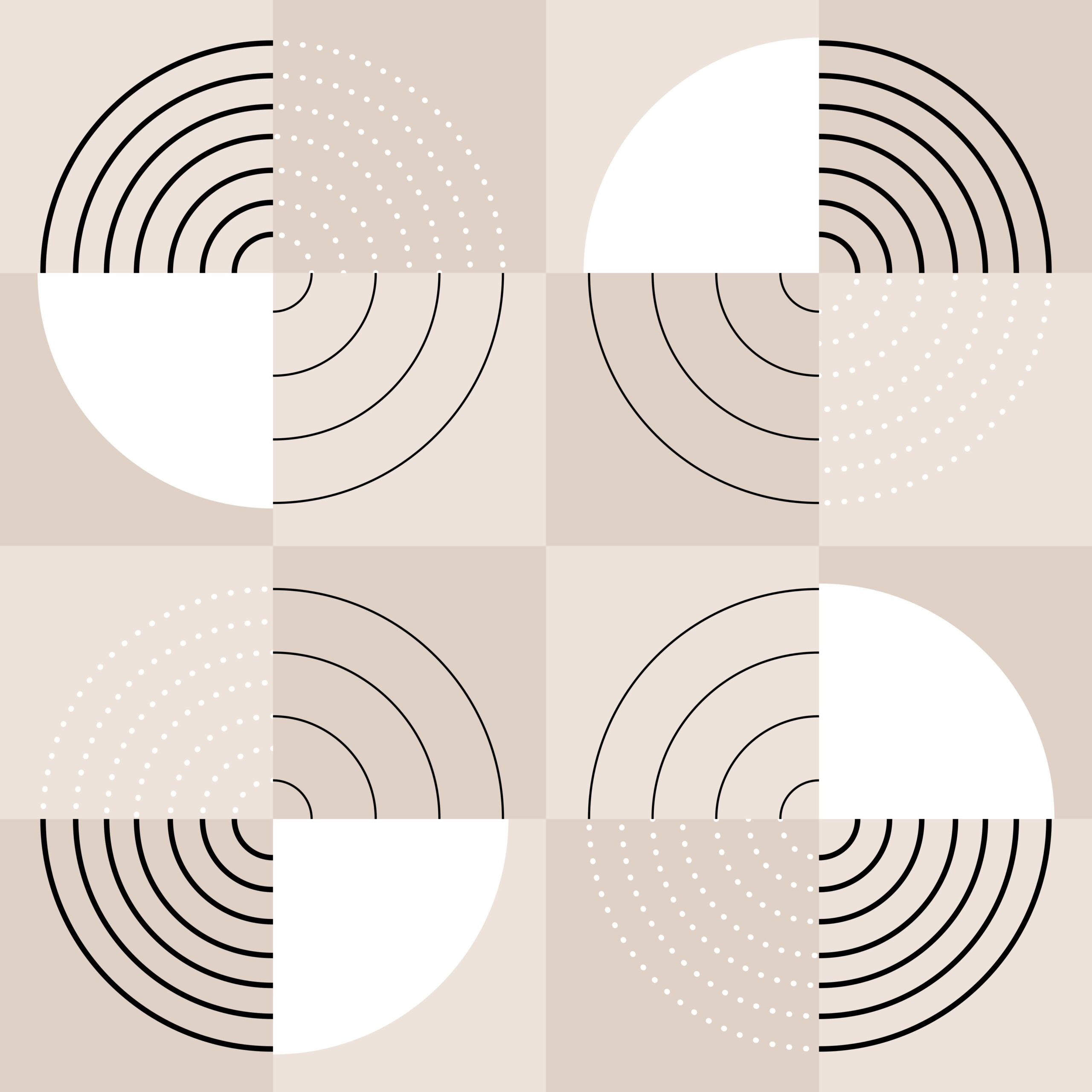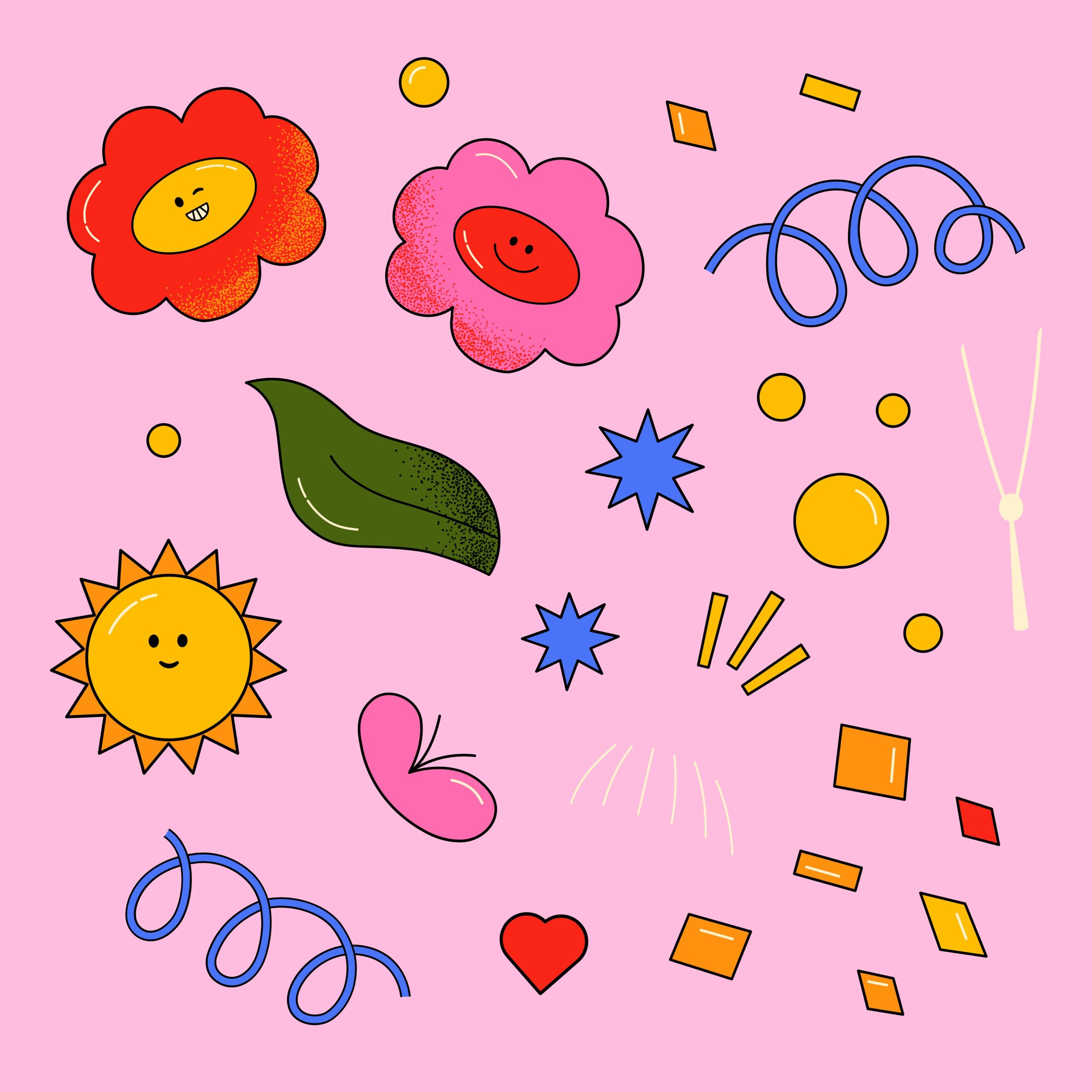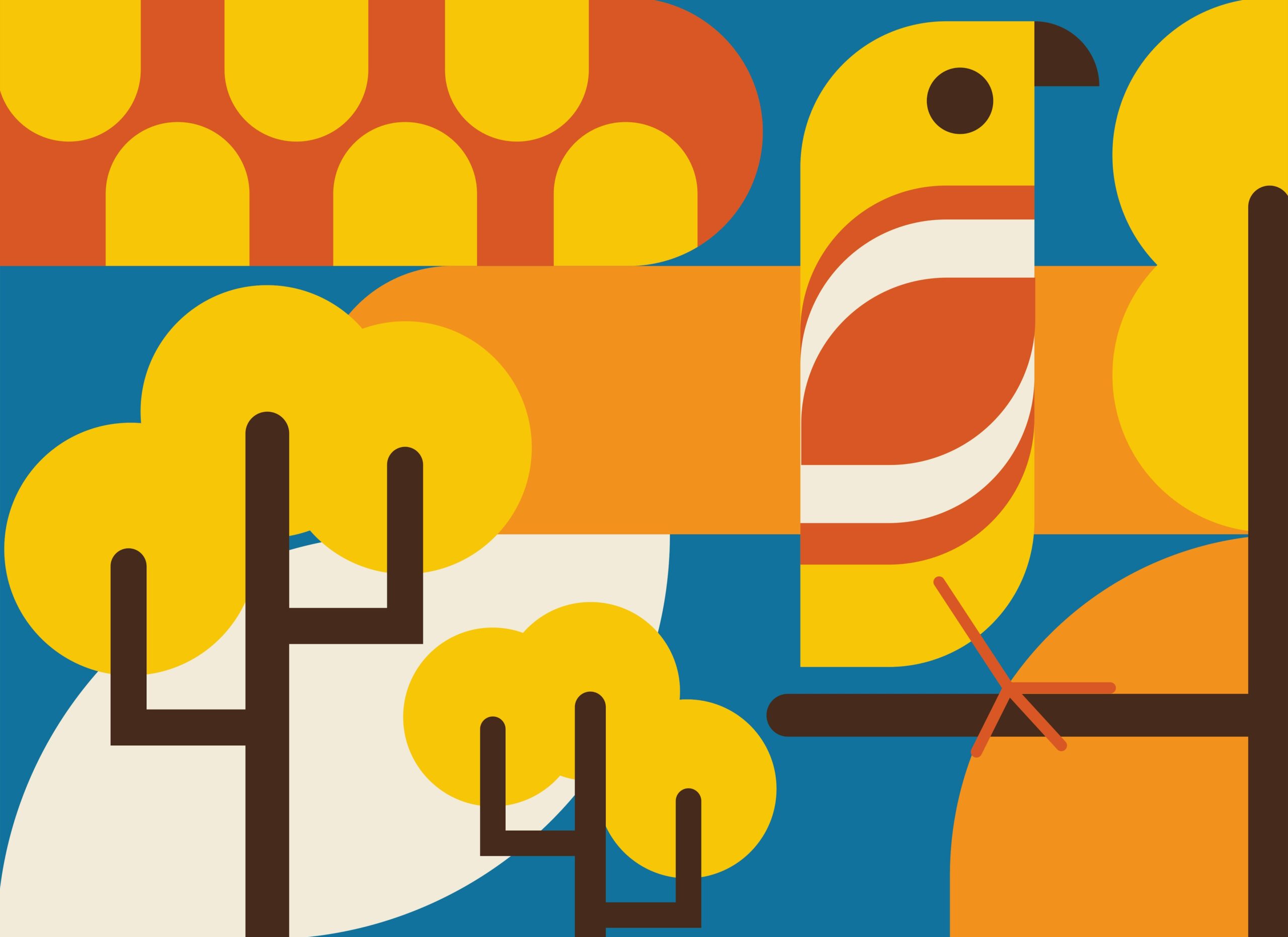1. Genx Beats, djfunnycat, Suno – Remixes – 01 Flower (djfunnycat Remix)
2. Genx Beats, djfunnycat, Suno – Remixes – 02 Hanabi (djfunnycat Remix)
3. Genx Beats, djfunnycat, Suno – Remixes – 04 Tropical Island (djfunnycat Remix)
4. Genx Beats, djfunnycat, Suno – Remixes – 05 Middle of Spring (djfunnycat Remix)
5. Genx Beats, djfunnycat, Suno – Remixes – 08 Make It Right (djfunnycat Remix)
6. Genx Beats, djfunnycat, Suno – Remixes – 09 I Feel Better (djfunnycat Remix)
7. Genx Beats, djfunnycat, Suno – Remixes – 10 I Love The 90’s (djfunnycat Remix)
8. Genx Beats, djfunnycat, Suno – Remixes – 11 Thinking About You (djfunnycat Remix)
9. Genx Beats, djfunnycat, Suno – Remixes – 12 Wanna Take A Stroll (djfunnycat Remix)
10. Genx Beats, djfunnycat, Suno, Udio – Remixes – 03 Dream Big (djfunnycat Remix)
11. Genx Beats, djfunnycat, Suno, Udio – Remixes – 06 Chasing The Moonlight (djfunnycat Remix)
12. Genx Beats, djfunnycat, Suno, Udio – Remixes – 07 Chill Rap Beat (djfunnycat Remix)



















